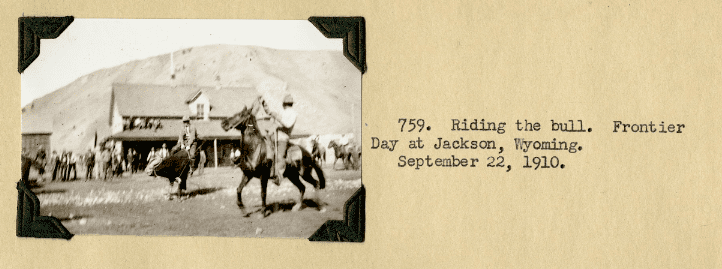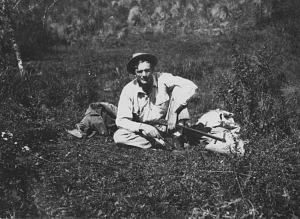Nationality American Name Alexander Wetmore | ||
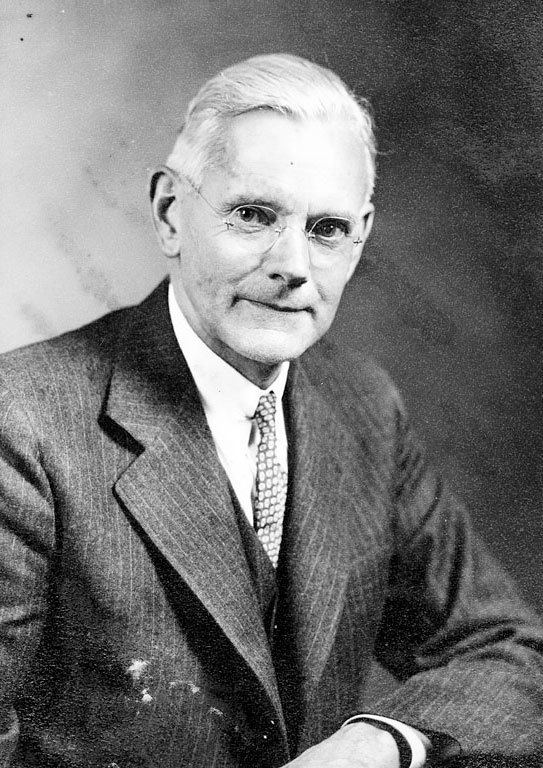 | ||
Born June 18, 1886North Freedom, Wisconsin ( 1886-06-18 ) Institutions Department of AgricultureSmithsonian Institution Books The Migration of Birds, A New Race of the Song Spa, Pleistocene Birds in Bermuda, Biographical Memoir of Robert Ri, The Birds of Isla Coiba - Pa | ||
Frank Alexander Wetmore (June 18, 1886 – December 7, 1978) was an American ornithologist and avian paleontologist. He was the sixth Secretary of the Smithsonian Institution.
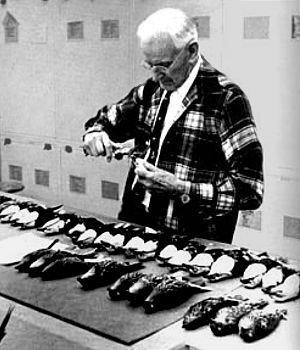
Life

Wetmore studied at the University of Kansas. He later studied at George Washington University, receiving his master's degree and doctorate. Wetmore began federal service in 1910, working for the Biological Survey of the Department of Agriculture. In 1915, he researched the use of lead shot in causing death in waterfowl. His paleontological research led to his work on the fossil birds Palaeochenoides mioceanus and Nesotrochis debooyi.
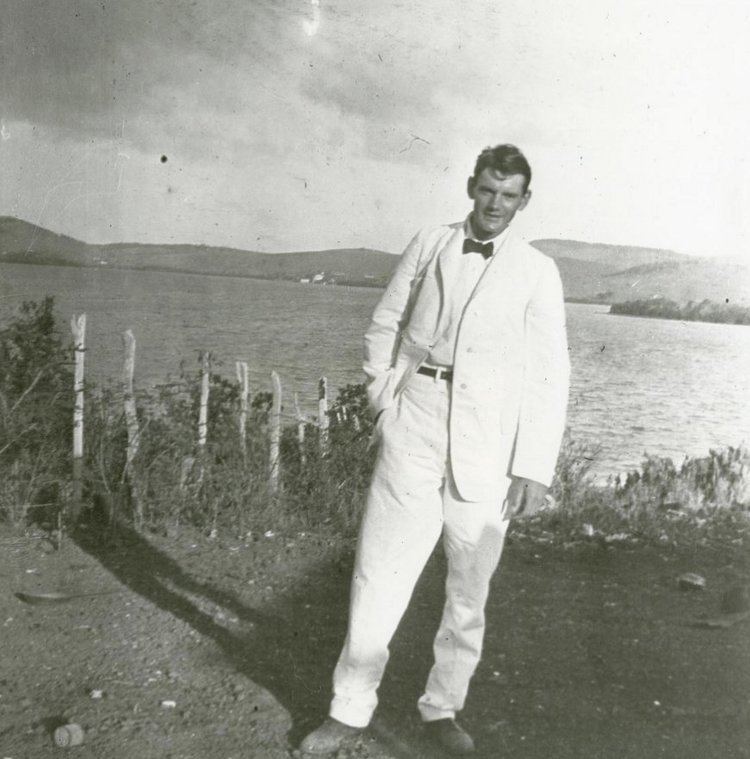
From April 1923 to July 1924, Wetmore was the lead scientist of the Tanager Expedition, a series of five biological surveys to study the flora, fauna and geology of the Northwestern Hawaiian Islands, Johnston Atoll and Wake Island. In 1924, Wetmore joined the Smithsonian Institution as the superintendent of the National Zoo in Washington, D.C. In 1925, Wetmore was appointed assistant secretary of the Smithsonian Institution, becoming secretary between 1945 and 1952. In 1929 he participated in the Pinchot South Sea Expedition. In 1939 he was elected a Corresponding Member of the Royal Australasian Ornithologists Union
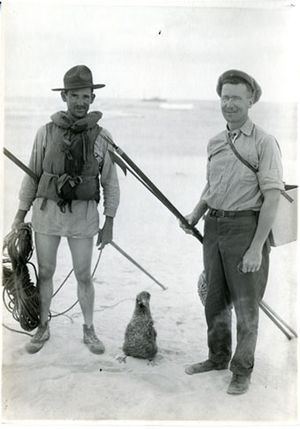
He wrote A Systematic Classification for the Birds of the World (1930, revised in 1951 and 1960). This Wetmore Order received widespread acceptance, remaining popular until the end of the twentieth century. From 1944 to 1946 Wetmore served as the 15th president of The Explorers Club. Between 1946 and 1966 Wetmore made annual trips to Panama to study and collect specimens of the birds of the Isthmus. His 4-volume magnum opus, Birds of the Republic of Panama, was published by the Smithsonian between 1965 and 1984, the last volume appearing posthumously. He also served on the board of trustees of Science Service, now known as Society for Science & the Public, from 1946 to 1953.
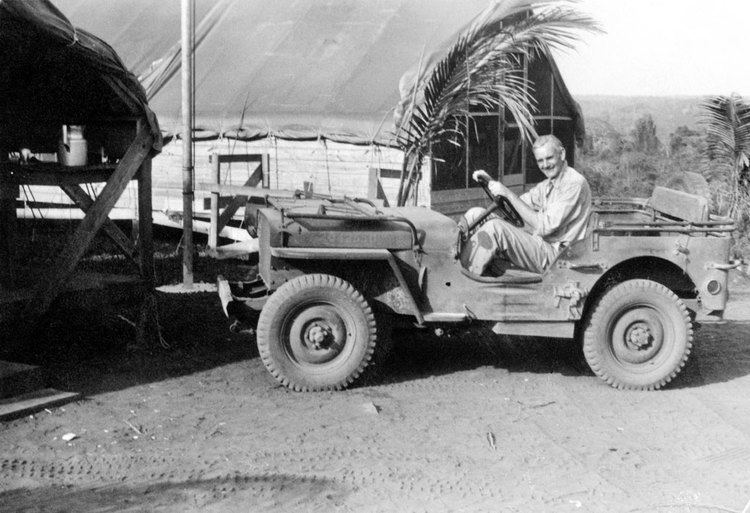
Several taxa of birds have been named in his honor, including the Cretaceous genus Alexornis and the tanagers Wetmorethraupis sterrhopteron and Buthraupis wetmorei. Insects, mammals, amphibians, mollusks, and one plant (an Argentinian cactus), as well as a bridge in Panama and the Wetmore Glacier in the Antarctic, have also been named after him. Wetmore is commemorated in the scientific names of one species and two subspecies of reptiles: Ameiva wetmorei, Uromacer frenatus wetmorei, and Anolis brevirostris wetmorei.
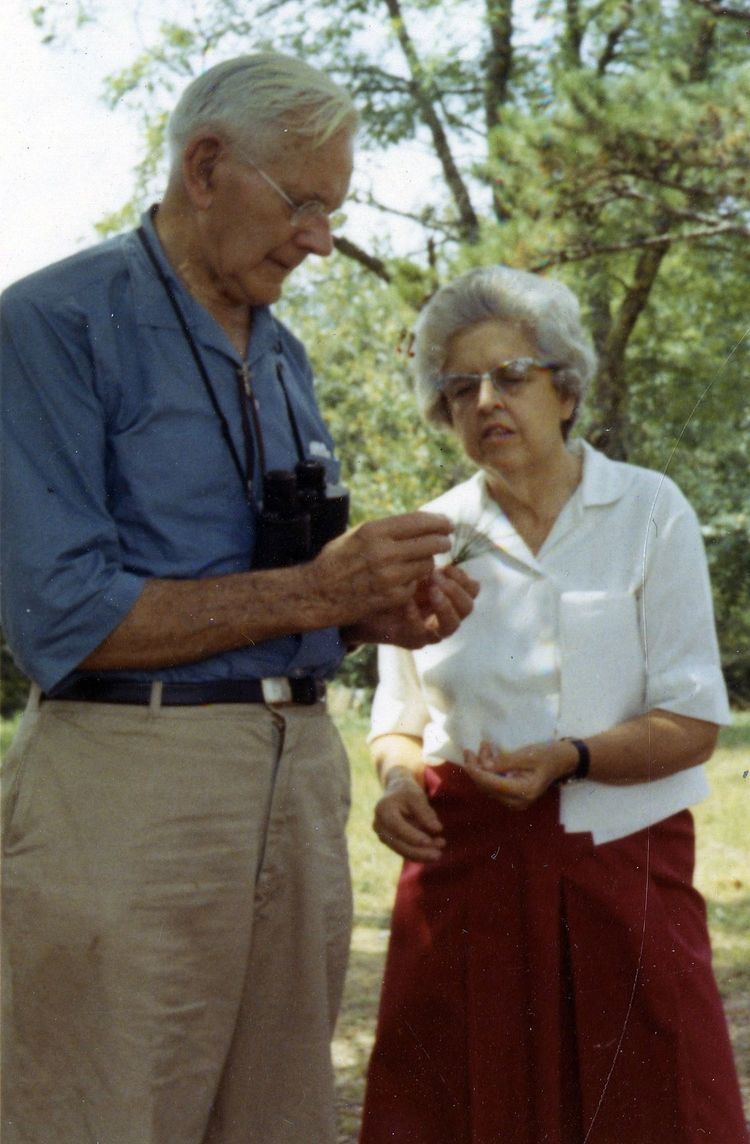
In 1953 he married Annie Beatrice van der Biest Thielan, who became guarantor of the American Ornithologists' Union after his death in 1978.His papers and an oral history interview are held at the Smithsonian Institution.
